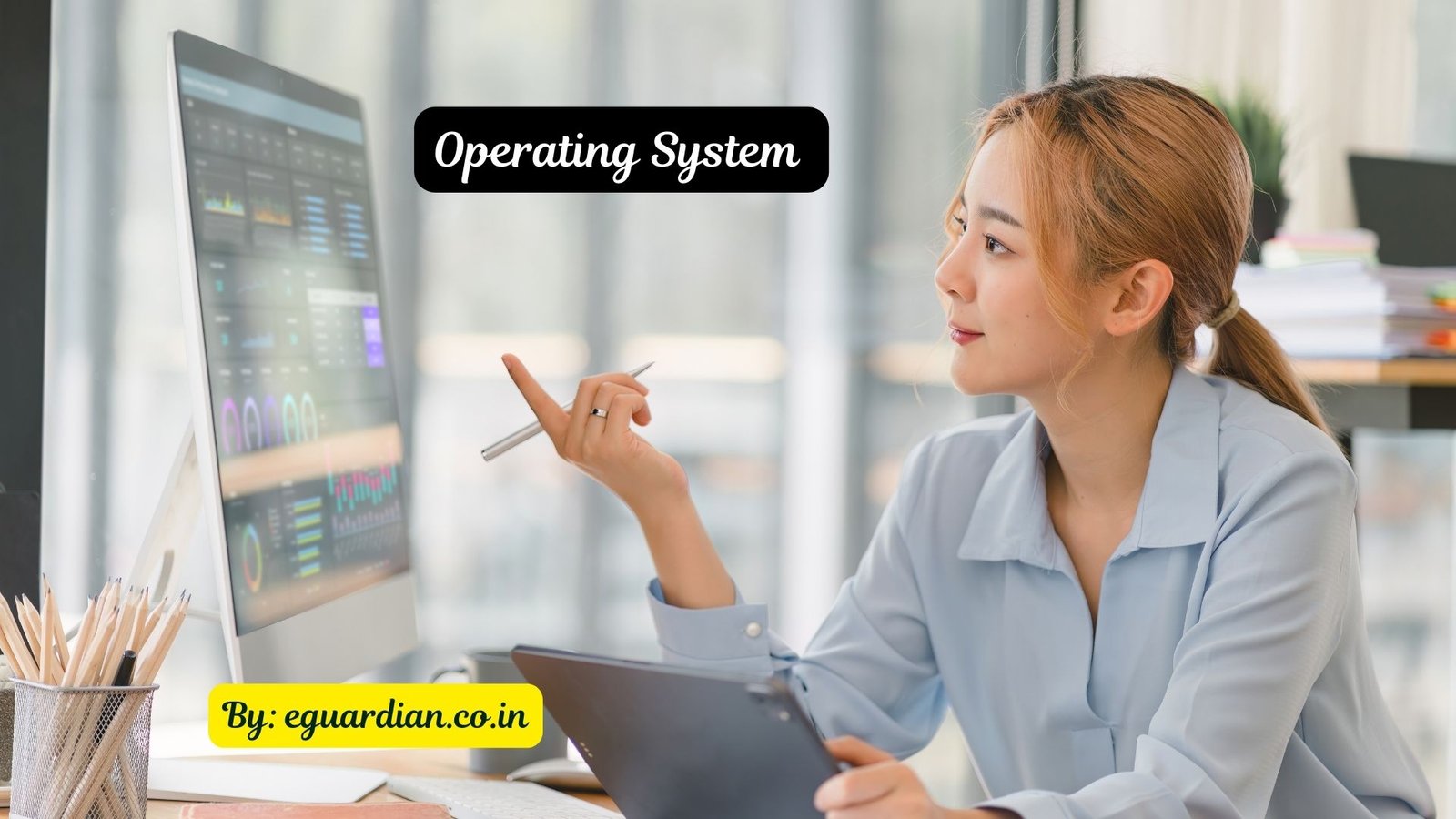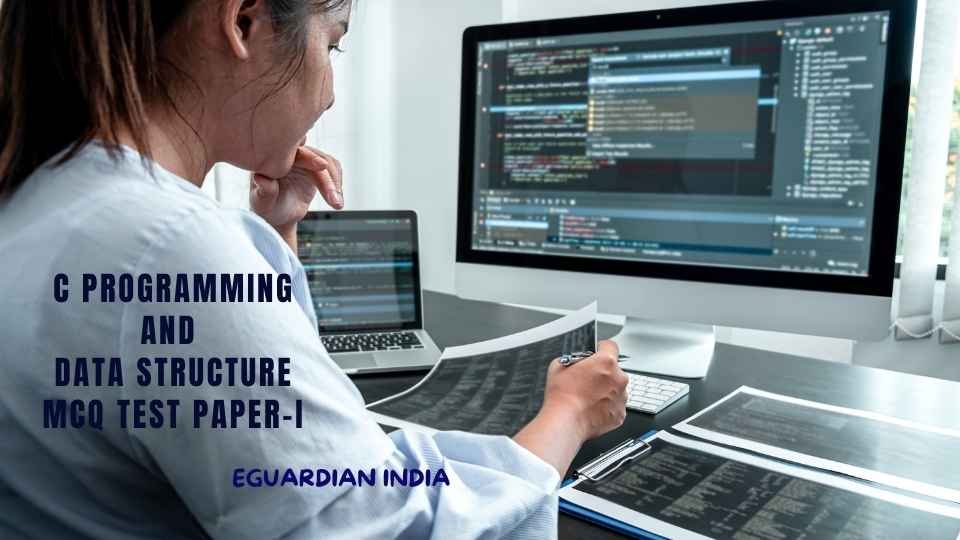
Operating System Questions and Answers
1. Operating system is a ___
Ans. System Software
2. Spreadsheets and database systems are examples for ___
Ans. Application software
3. Spooling is an acronym for ___
Ans. Simultaneous Peripheral Operation On-Line.
4. A program in execution is referred to as ___
Ans. Process
5. The operating system is an example for ___ approach
Ans. Layered
6. ___ is a single sequence stream which allows a program to split itself into two or more simultaneously running tasks.
Ans. Thread
7. ___ serves as a repository of information about a process and varies from process to process.
Ans. Process Control block
8. A process is ___ if it can affect or be affected by the other processes executing in the system.
Ans. Co-operating
9. Because threads can share common data, they do not need to use ___.
Ans. Interprocess Communication
10. Co-operating processes that directly share a logical address space can be implemented as___.
Ans. Lightweight processes or threads
11. ___ selects a process from among the ready processes to execute on the CPU.
Ans. CPU Scheduler
12. The time taken by the Dispatcher to stop one process and start another running is known as___.
Ans. Dispatch Latency
13. The interval of time between submission and completion of a process is called ___.
Ans. Turnaround time
14. A solution to starvation is ___.
Ans. Aging
15. ___ systems are required to complete a critical task within a guaranteed amount of time.
Ans. Hard real-time.
16. ___ is one that can affect or be affected by the other processes executing in the system.
Ans. Co-operating process
17. ___ is a mechanism that allows processes to communicate and to synchronize their actions.
Ans. Inter-Process Communication
18. To processes can communicate only if the processes have a ___.
Ans. Shared mailbox
19. ___ are the classic method for restricting access to shared resources in a multi-processing environment.
Ans. Semaphores
20. ___ is a collection of procedures, variables and data structures grouped together.
Ans. Monitors
21. ___ can be described by a resource allocation graph.
Ans. Deadlocks
22. A system is said to be in a safe state if it can allocate resources up to the maximum available and is not in a state of ___.
Ans. Deadlock
23. When resources have multiple instances ___– is used for deadlock Avoidance.
Ans. Banker’s algorithm
24. A wait-for graph is not applicable for detecting deadlocks where there exist ___.
Ans. Multiple instances of resources
25. ___ algorithm requires each process to make in advance the maximum number of resources of each type that it may need.
Ans. Deadlock Avoidance.
26. An address generated by the CPU is referred to as ___.
Ans. Logical address
27. At the run time/Execution time, the virtual addresses are mapped to physical addresses by___.
Ans. Memory Management Unit
28. Compaction is possible only if relocation is done at ___.
Ans. Runtime
29. Physical memory is divided into fixed-sized blocks called ___.
Ans. Frames
30. TLBs stands for ___.
Ans. Translation look-aside buffers
31. ___ is a technique that allows the execution of processes that may not be entirely in memory.
Ans. Virtual Memory
32. Virtual Memory is implemented using ___.
Ans. Demand Paging
33. ___ is basic to demand to page.
Ans. Page Replacement
34. ___ algorithm produces the lowest page-fault rate of all algorithm.
Ans. Optimal Page Replacement
35. ___ raises the degree of multi-programming and increases CPU utilization.
Ans. Virtual Memory
36. A file is a collection of related information recorded on the ___.
Ans. Secondary Storage.
37. ___ is best-suited access method where most of the records in a file are to be processed.
Ans. Sequential Access
38. ___ requires a file to occupy contiguous blocks on the disk.
Ans. Continuous allocation
39. In a linked allocation ___ is not possible.
Ans. Random access of files.
40. Problems of external fragmentation and size declaration present in contiguous allocation are overcome in ___.
Ans. Linked allocation
41. Distributed processing and parallel processing have a common goal of ___
Ans. High throughput using more processors.
42. Distributed processing systems are also called ___.
Ans. Loosely coupled systems.
43. The communication management software runs on ___.
Ans. Both the client and server
44. In RPC ___ is very difficult because it is difficult to let processors on different machines to share a common address space.
Ans. Call by reference
45. A virtual circuit analogous to telephone service is an example of ___.
Ans. Reliable service
46. Unauthorized use of service (tapping) and unauthorized disclosure of information (disclosure) is ___.
Ans. Passive threats.
47. ___ is the verification of access to system resources.
Ans. Authentication
48. One of the safest ways to prevent virus attacks is to use ___.
Ans. legal copies of the software
49. ___ plays an important role in the effectiveness of the password.
Ans. Length of a password
50. In transposition cyphers the contents of the data are not changed but ___.
Ans. the order is changed
Conclusion:
Exploring Operating System questions and answers through multiple-choice format offers a dynamic way to enhance understanding and test knowledge effectively. Whether you’re preparing for exams, interviews, or simply aiming to deepen your understanding of Operating Systems, practicing with MCQs provides valuable insights and strengthens your problem-solving skills.
By engaging with a diverse range of questions covering various aspects of Operating Systems, you can build confidence and proficiency in this fundamental area of computer science. Remember, consistent practice and active learning are key to mastering Operating Systems concepts and achieving success in your academic or professional endeavors.
Keep exploring, learning, and challenging yourself with Operating System MCQs to stay ahead in the dynamic world of technology.




Very nice blog article. Keep the good work and help studnets